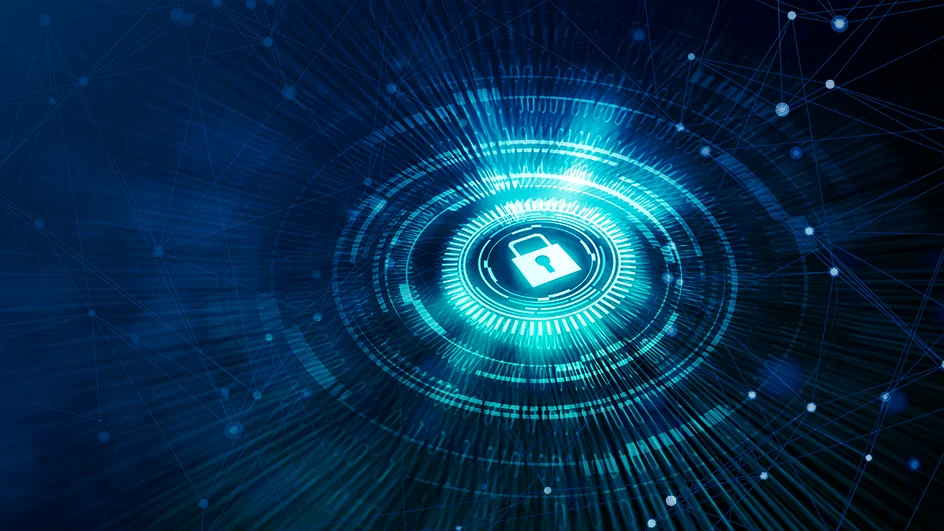
Navigating the Blockchain Landscape: Top Cybersecurity Threats to Watch Out For
Blockchain technology, hailed for its security features, is not impervious to cyber threats. As the adoption of blockchain grows, so does the sophistication of cyber attackers. While blockchain technology offers enhanced security through decentralization and cryptographic measures, understanding and mitigating emerging threats are imperative. The landscape of blockchain cybersecurity is dynamic, with attackers constantly innovating to exploit vulnerabilities. Organizations and individuals must stay informed, adopt best practices, and collaborate with DFARS compliance firms on evolving security measures to safeguard the decentralized promise of blockchain technology. By staying vigilant and addressing these threats head-on, the blockchain community can continue to foster trust in the transformative potential of decentralized systems.
In this blog, we explore the top blockchain cybersecurity threats that organizations and individuals should be vigilant against in the ever-evolving landscape of decentralized technologies.
- Smart Contract Vulnerabilities
Why it Matters:
Smart contracts, self-executing pieces of code on the blockchain, are susceptible to vulnerabilities that attackers can exploit.
The Threat:
Common vulnerabilities include coding errors, reentrancy exploits, and unanticipated consequences of contract interactions. Exploiting these vulnerabilities can lead to unauthorized access, loss of funds, or disruption of the blockchain network.
- 51% Attacks
Why it Matters:
In blockchain networks that use proof-of-work consensus, a 51% attack occurs when a single entity or a coalition controls more than 50% of the network’s mining power.
The Threat:
With majority control, the attacker can manipulate transaction confirmations, reverse transactions, and potentially double-spend. This undermines the decentralization and immutability principles of blockchain.
- Privacy Challenges
Why it Matters:
While blockchain transactions are pseudonymous, they are not entirely private. Analyzing transaction patterns and metadata can compromise user privacy.
The Threat:
Attackers can employ sophisticated analytics to de-anonymize users, revealing their transaction history and potentially linking identities to wallet addresses. Privacy-focused blockchains aim to address this challenge but remain a target for those seeking to exploit vulnerabilities.
- Supply Chain Attacks
Why it Matters:
Blockchain’s application extends to supply chain management, providing transparency and traceability. However, this also makes supply chain networks potential targets.
The Threat:
Attackers may compromise the integrity of data recorded on the blockchain, leading to inaccurate information about the provenance or status of goods. This can have significant repercussions, especially in industries reliant on transparent supply chains like pharmaceuticals and food.
- Consensus Mechanism Flaws
Why it Matters:
Different blockchains employ various consensus mechanisms, and flaws in these mechanisms can threaten the network’s overall security.
The Threat:
Whether …

What is IT Operations Management (ITOM) and Its Key Components?
In the intricate landscape of Information Technology (IT), effective management of operations for any managed IT services Virginia Beach provider is paramount for ensuring seamless functionality, rapid issue resolution, and optimal performance. Enter IT Operations Management (ITOM), a strategic approach that plays a pivotal role in maintaining the health and efficiency of IT environments. This blog provides an insightful overview, definition, and exploration of the essential functions that define the realm of IT Operations Management.
Understanding IT Operations Management (ITOM)
IT Operations Management, often abbreviated as ITOM, encompasses the practices, processes, and technologies used to oversee, control, and optimize IT infrastructure and services. It revolves around ensuring that IT systems, networks, applications, and services operate efficiently to meet the organization’s business objectives. Essentially, ITOM is the heartbeat of an organization’s IT functionality.
Key Components and Functions of IT Operations Management
1. Monitoring and Incident Management: The Watchful Guardian
Monitoring is a foundational aspect of ITOM, involving the continuous tracking and analysis of IT components’ performance. Incident Management is closely tied to monitoring, focusing on the rapid identification, response, and resolution of incidents that may disrupt IT services.
- Real-time Monitoring: Utilizing tools to track and analyze the performance of IT infrastructure in real-time.
- Incident Identification: Promptly recognizing and categorizing incidents that affect IT services.
- Issue Resolution: Efficiently addressing and resolving incidents to restore normal IT operations.
2. Change Management: Orchestrating Transformations
Change Management in ITOM revolves around the systematic approach to planning, implementing, and controlling changes to IT infrastructure and services. This includes modifications to hardware, software, configurations, and processes.
- Change Planning: Strategically planning changes to minimize disruptions and risks.
- Implementation: Executing changes with precision and adherence to predefined processes.
- Control and Documentation: Monitoring changes, documenting outcomes, and maintaining a transparent record.
3. Configuration Management: Navigating IT Landscapes
Configuration Management involves the systematic management of an organization’s IT assets, including hardware, software, configurations, and relationships between components. It aims to maintain an accurate and up-to-date record of the IT environment.
- Asset Discovery: Identifying and cataloging IT assets within the organization.
- Configuration Item (CI) Management: Managing individual components and their relationships in the IT infrastructure.
- Version Control: Ensuring that configurations are versioned and changes are tracked.
4. Automation and Orchestration: Streamlining Operations
Automation and Orchestration in ITOM involve the use of technology to perform routine tasks and workflows without manual intervention. This enhances efficiency, reduces …
